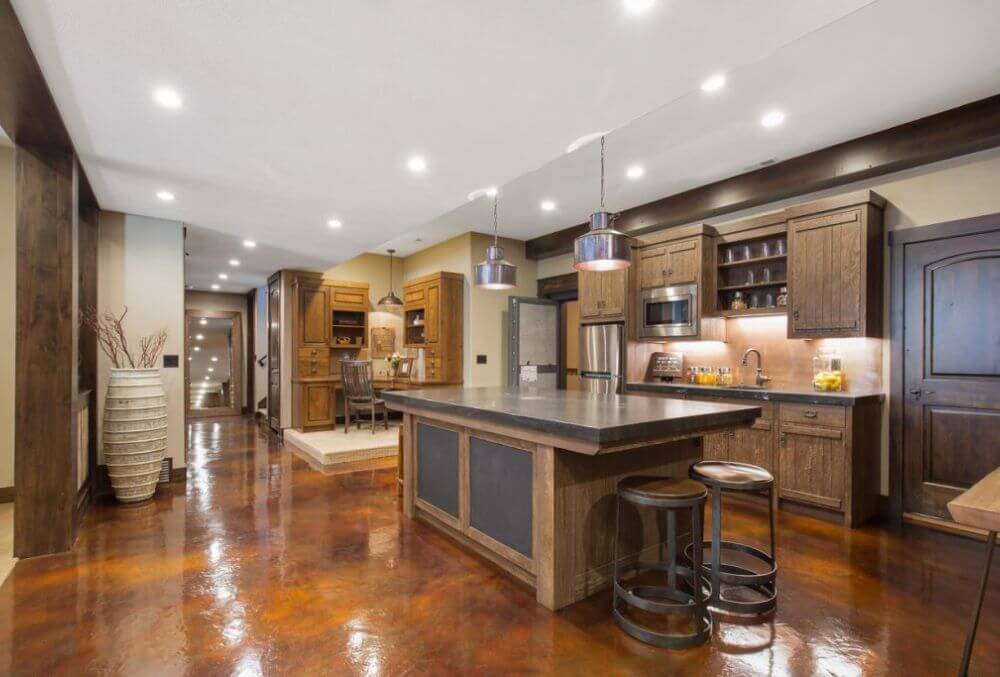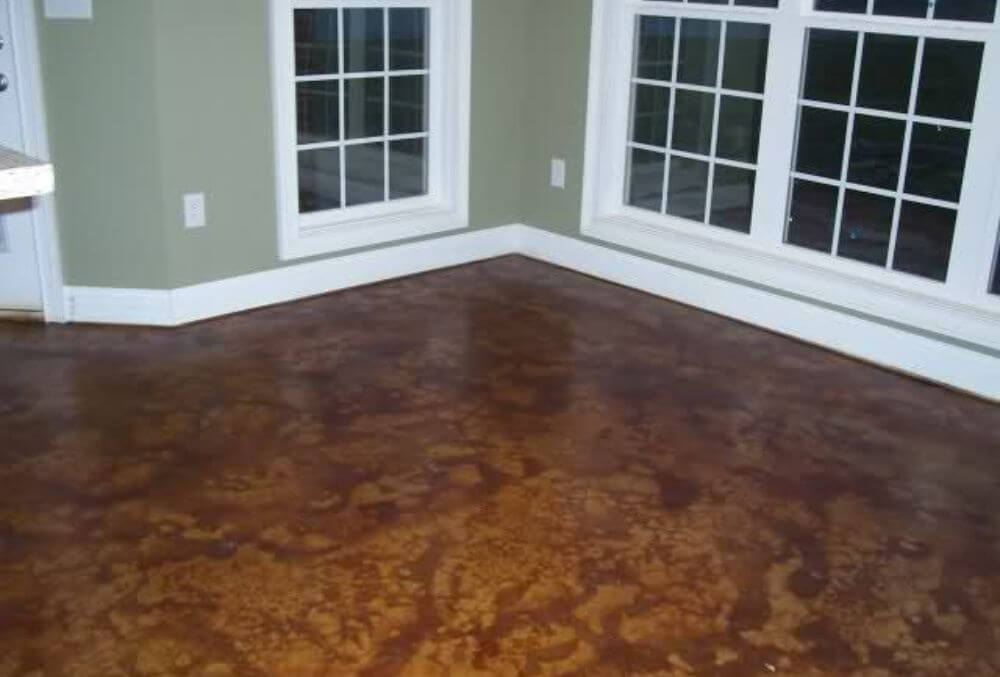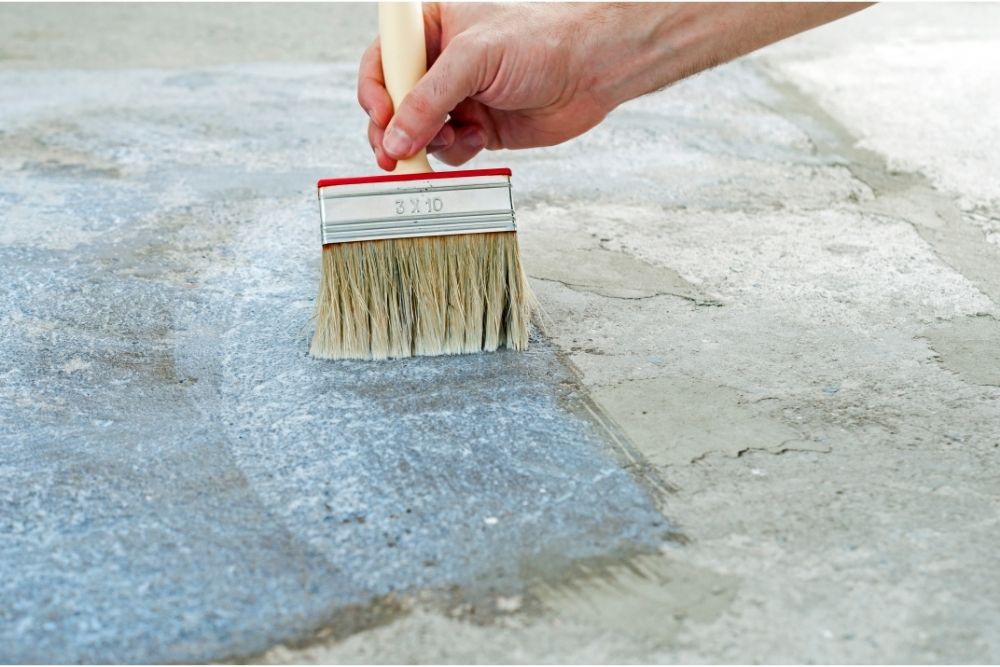
Concrete staining Dallas is an effective resurfacing method to make the colors last on your floors. If you are looking for a concrete coloring that will stand the test of time and weathering stained concrete floors is your best choice.
If you have heard staining before, you probably have also heard about dye? Yes. Dyes for the concrete floorings exist. But how do they work? Is it the same with stains? Are you using the same products and methods with stain and dye?
Compare the two materials in today’s blog. All you need to know about stains and dye are all here!
What Are Concrete Stains And Dyes?
The difference between stain and dye is not confusing at all. What you need to look for is the function and how the two impact the concrete surface.

1. Stains are Chemically Reactive: Dyes Are Non-Reactive
Stains react chemically on the calcium compound found on the concrete slabs. This act is the reason why staining is known for its lasting color that does not fade. With the use of staining, the flooring surface changes in its physical form. Once the chemical properties of the substrates change, you will never reverse them.
That is why the stain on the concrete becomes its permanent color.
On the other hand, dyes can also be equally durable as the stains. However, the difference comes in how it affects flooring slabs. Dyes will consist of a solvent compound that fills the pores of the concrete cement.
The concrete dye penetrates the porous materials, making the colors invade the substrate and getting stuck for many years.
2. Concrete Stains are Reactive Solvents: Dyes are Powdered Coloring Materials that Come in Multiple Pigments
Stained concrete can be classified into three types, namely: film-forming penetrating and acid stains.
Stains will also come in lesser color options and mostly appear translucent and warm. OR, if you want more color options, choose to use dyes. Dyes come in powdered materials mixed into a carrier that can be water or a solvent compound that will penetrate the concrete.
You can use or control the staining effect by choosing if you like a water-based stain or an acid-based stain with satins.

3. Stains Are UV Resistant: Dyes Are Less UV Stable
If you are looking for UV ray stable floorings, stained concrete is the best option. Stained concrete floors have reduced the calcium compounds on the concrete, making it less porous and the surface water and heatproof.
Also, staining requires you to apply sealer afterward so that it will keep the coating sealed and protected.
Dyes do not have UV stability. That is why dyes are more suitable for indoor use. Meanwhile, you can use the staining methods among pool decks, driveways, and patios.
But what if you apply a sealer over a dyed concrete floor? You can opt to do this, but you’ll have to be careful. A dyed floor can already look vibrant, and adding a sealer can ruin the color compounds. Sealers work best if you want to achieve a matte or glossy effect.
4. You can Use Stains With Creative Control: Dyes Dry Very Fast
Dyes become less preferred as time evolves. Nowadays, flooring designers and homeowners want creative control with home improvement.
That’s where stains come in. You can control how deep or subtle the colors of the floors are. Staining takes time to cure. It serves ounce style preferences compared to dyes that dry right away, having no chance to moderate the patterns and designs.
5. Dyes Use Acetone as a Carrier: Stained Concrete can be Water or Acid Carried
Now, this answers why dyes dry faster. Acetone is a highly aromatic substance that is condensed into the air super fast.
So, if you like to use less aromatic compounds and are safer to work with, you can opt for the water-based types of concrete staining.

